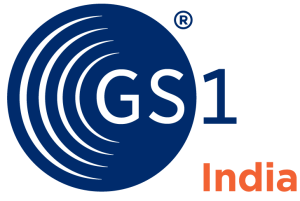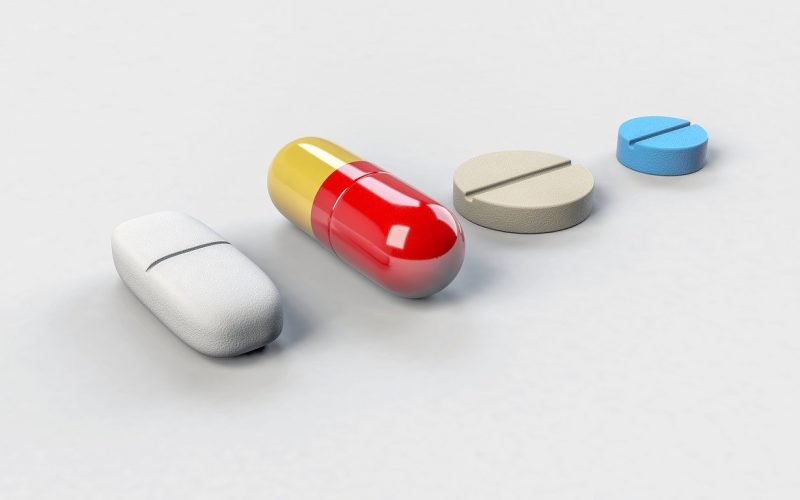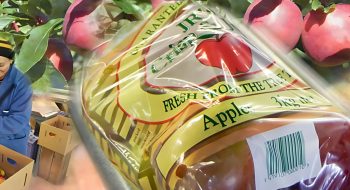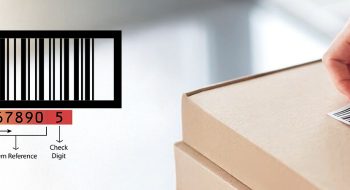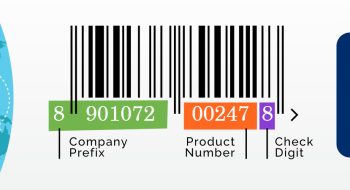India’s pharmaceutical industry today enjoys global eminence for producing the largest volume of generic drugs in the world, meeting over half of the global demand for vaccines and almost 25% demand of medicines for the United Kingdom. Indian drug companies are recognised globally for their operations across the world.
Despite this critical role that Indian pharmaceutical industry is playing in global healthcare, it becomes a target of various counterfeit allegations from across the world, from time and again. As per a study done in 2014 by one of India’s trade bodies, around 25 per cent of drugs in the India’s domestic supply chain are fake, counterfeit or substandard. According to a report released in April’19 by the office of the United States Trade Representative, 20% of pharma products in India are counterfeit.
As per a report published by the Institute of medicine (IOM), “To Err is Human”, 44,000 to 98,000 deaths occur annually due to medical errors, out of which 7000 deaths per year can be traced to medication errors. This report also recommended three important strategies to avoid medical errors —preventing, recognizing, and mitigating harm from error. The first strategy (recognizing and implementing actions to prevent error) has the greatest potential effect. This includes having systems in place that can detect the possible harms and mitigate them from reaching the patients. Traceability is also one such preventive system that prevents fake drugs from entering into the supply chain.
This report also recommended barcoding of medications as a solution for accurate drug identification.
What is traceability?
According to GS1 – a global organisation that develops standards for identification and barcoding, traceability (in healthcare) is defined as a process that “enables you to see the movement of prescription drugs or medical devices across the supply chain. You can trace backwards to identify the history of the transfers and locations of a product, from the point of manufacture onwards. And you can track forwards to see the intended route of the product towards the point of care.”
A strong track & trace system across supply chain trading partners can help address the menace of drug counterfeits. This requires adoption of global traceability standards by pharmaceutical companies, at different product packaging levels.
An available solution — DAVA (track & trace project of DGFT for medicines exported out of India)
To sustain confidence in the medicines produced in India, the Directorate General of Foreign Trade (DGFT) issued a notice outlining the creation of a track and trace system, way back in 2011. This system enables traceability of pharmaceutical consignments exported from India, to avoid spurious drugs entering into at any points in the supply chain.
The DGFT’s notice mandates exporting pharma companies to mark their export consignments with GS1 barcodes at various packaging levels. This information, along with product hierarchy (parent-child relationship) must be uploaded onto the Drug Authentication and Verification Application (DAVA) web portal, before the consignment is released for customs authorities to scan the barcodes on consignments and cross check the information. Over 380 large and medium-sized pharma companies today upload their daily production data to DAVA.
Regulators and patients alike can authenticate Indian pharmaceuticals and drugs anywhere in the world using DAVA by simply scanning the barcoded labels on packaging.
DAVA has also been recognised by the Asia-Pacific Council for Trade Facilitation and Electronic Business (AFACT), under the United Nations Centre for Trade Facilitation and Electronic Business (UN/CEFACT), who awarded it the e-ASIA Award, as the best trade facilitation system in the region.
Source:
https://www.europeanpharmaceuticalreview.com/article/92194/the-impact-of-counterfeit-drugs-in-south-and-south-east-asia/
https://health.economictimes.indiatimes.com/news/pharma/dava-to-check-fake-drugs-export/50396529
https://www.pharmaceuticalprocessingworld.com/the-building-blocks-of-pharmaceutical-traceability/
https://gs1india.org/media/dava-case-study.pdf

